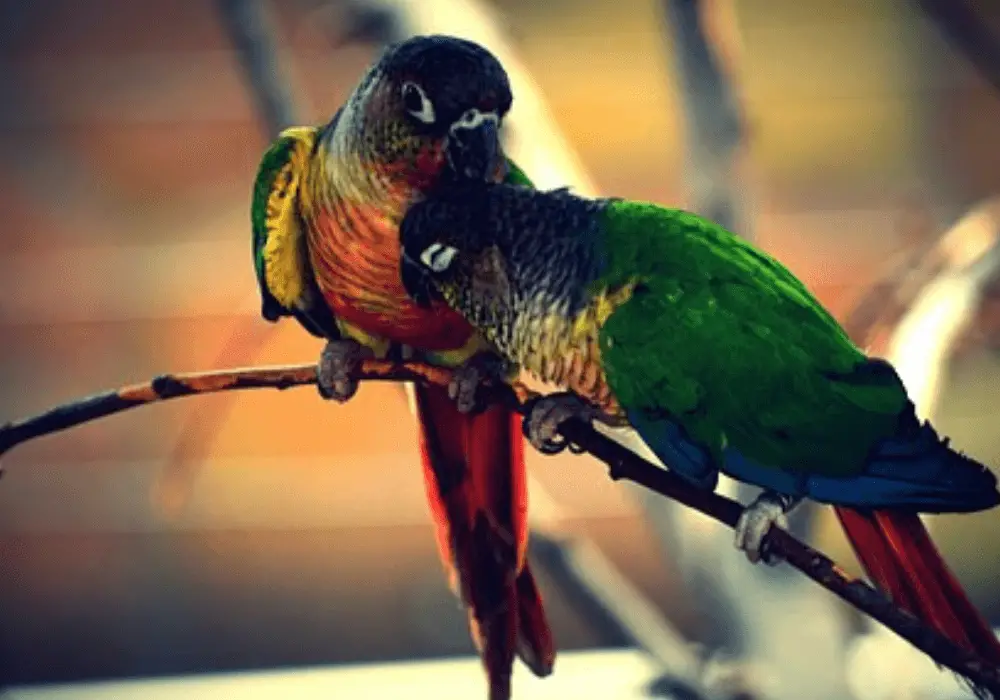Digestive Disorders in green cheek conure: PDD or proventricular dilation disease in birds PDD (Proventricular Dilatation Disease) or proventricular dilation disease is a digestive disorder affecting Psittacidae and more particularly parrots.
As the name suggests, it results in dilation of the proventriculus, which is the secretory part of the stomach.
The cause of this disease is not yet precisely known, but a viral origin is suspected.
Incubation usually lasts from several years to several months.
An affected bird will no longer be able to digest its food and will gradually waste it away. The main symptoms of PDD are:
- weight loss, depression, anorexia.
- regurgitation associated with contamination of the ventral surface of the bird.
- foul-smelling droppings containing undigested elements.
- neurological signs: tremors, convulsions, ataxia (= loss of balance)
- a predisposition to the development of various bacterial secondary infections.
The evolution is towards the death of the animal in a few weeks.
However, dilation of the proventriculus can have other origins:
- Lead poisoning is more common than one might think, especially in birds that frequently leave their cages.
- Megabacteriosis corresponds to an overgrowth of yeast in the proventriculus.
Digestive Disorders in green cheek conure:
The dilation of the proventriculus, as well as a slowing down of digestive transit, can be visualized by radiography (with or without contrast medium), ultrasound, or endoscopy.
The diagnosis of PDD is made by biopsy of the crop after ruling out other hypotheses (a measurement of blood lead level and repeated examination of droppings and regurgitation fluid to detect mega bacteria).
The treatments put in place at present are mainly palliative. They consist of giving a Hyperdigestible diet (type mash from hand breeding) and are based on the administration of anti-inflammatory drugs, digestive dressings, and anti-acids with varying degrees of results.
In all cases, it will be necessary to isolate affected birds to prevent the spread of the disease.
HOW TO TELL OR KNOW IF YOUR BIRD IS SICK | Signs Your Bird is Sick
SOURCE: Flying Fids

